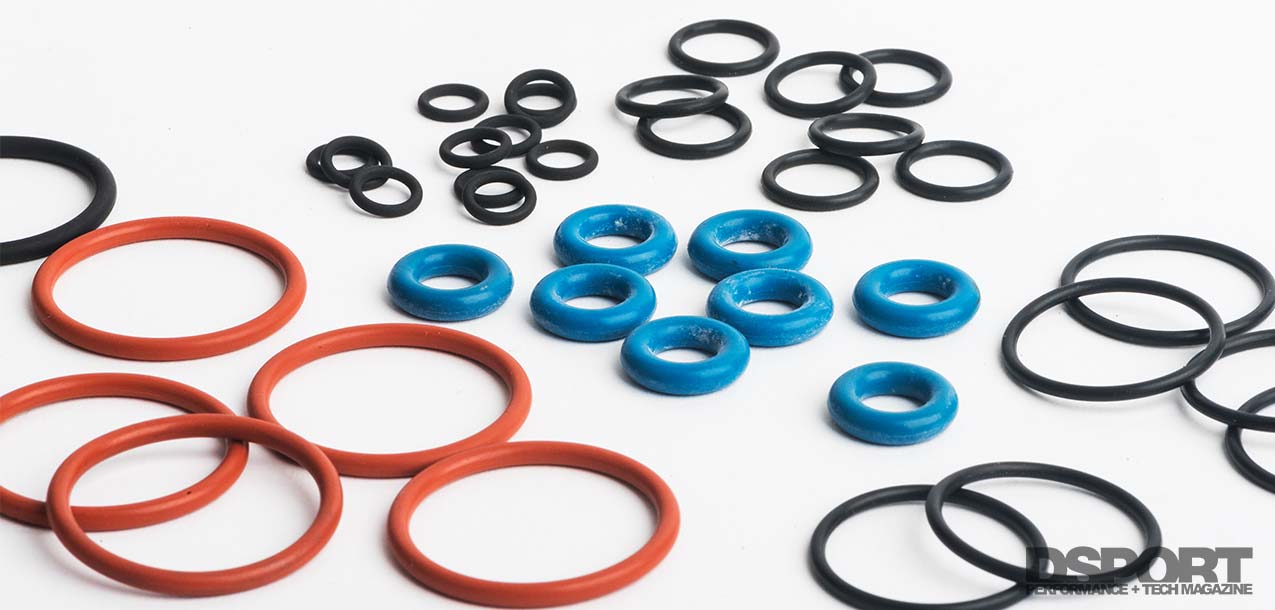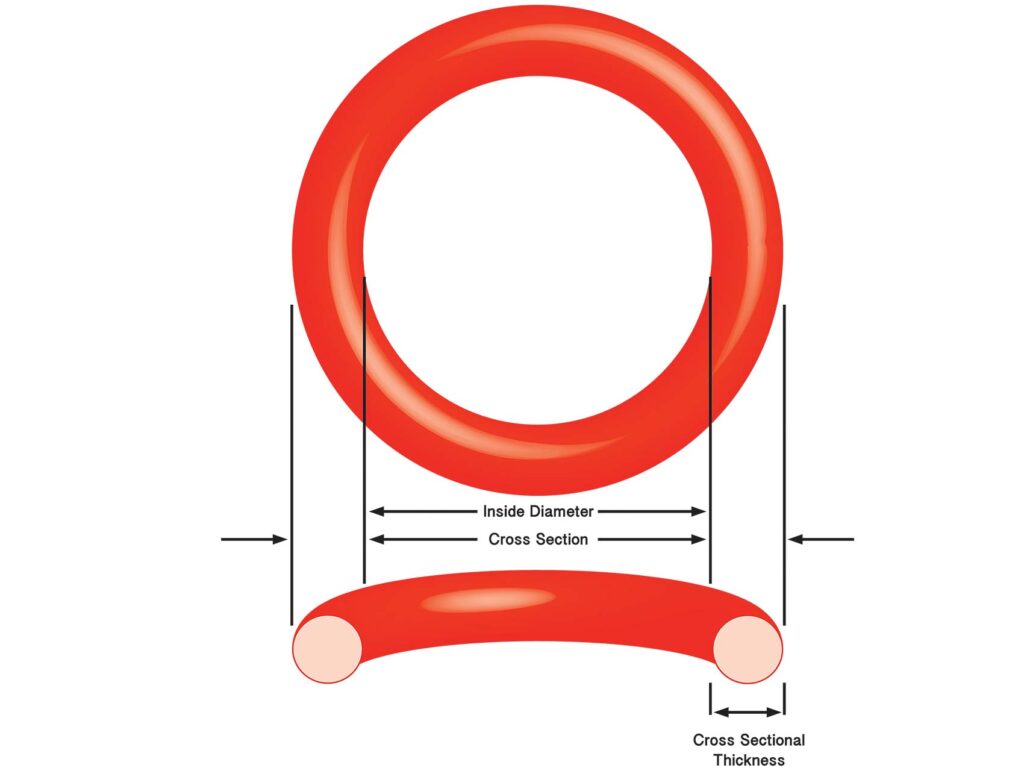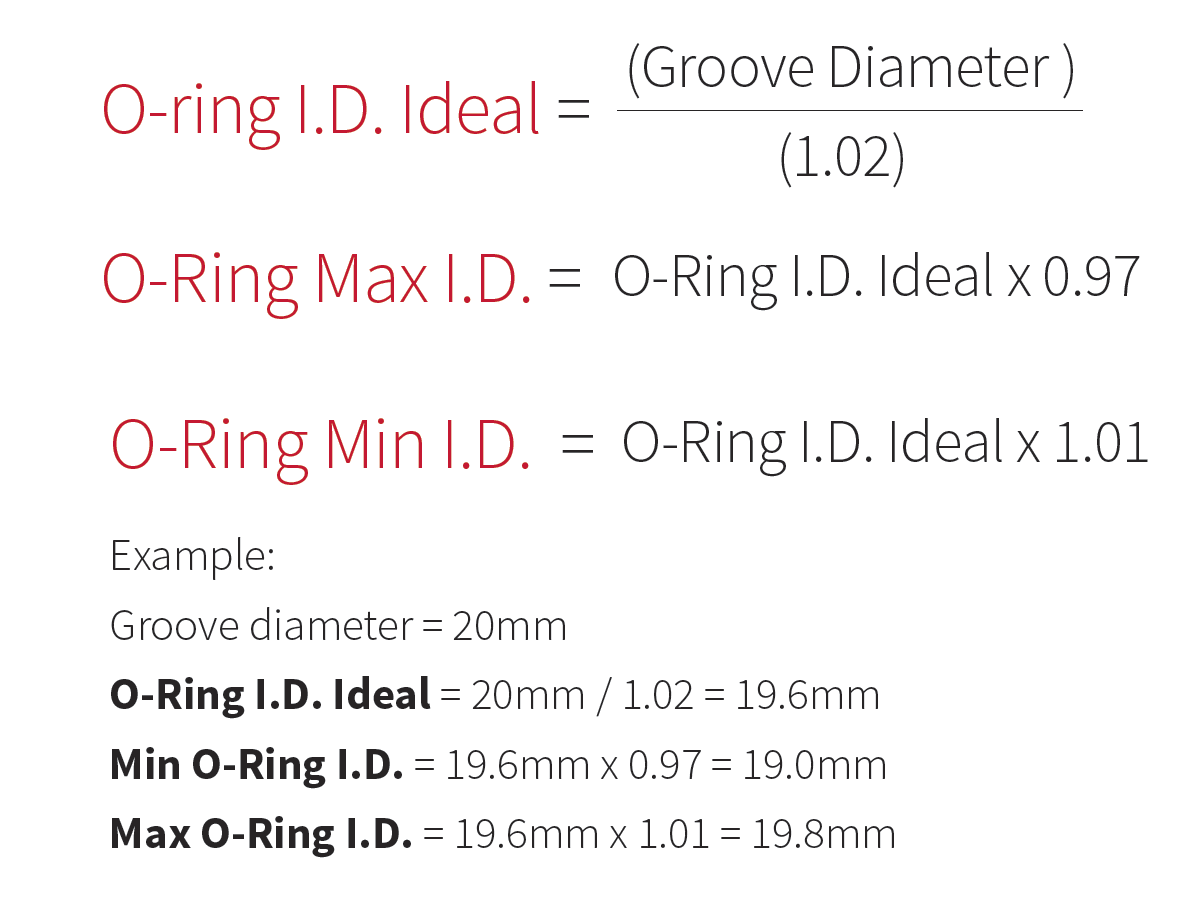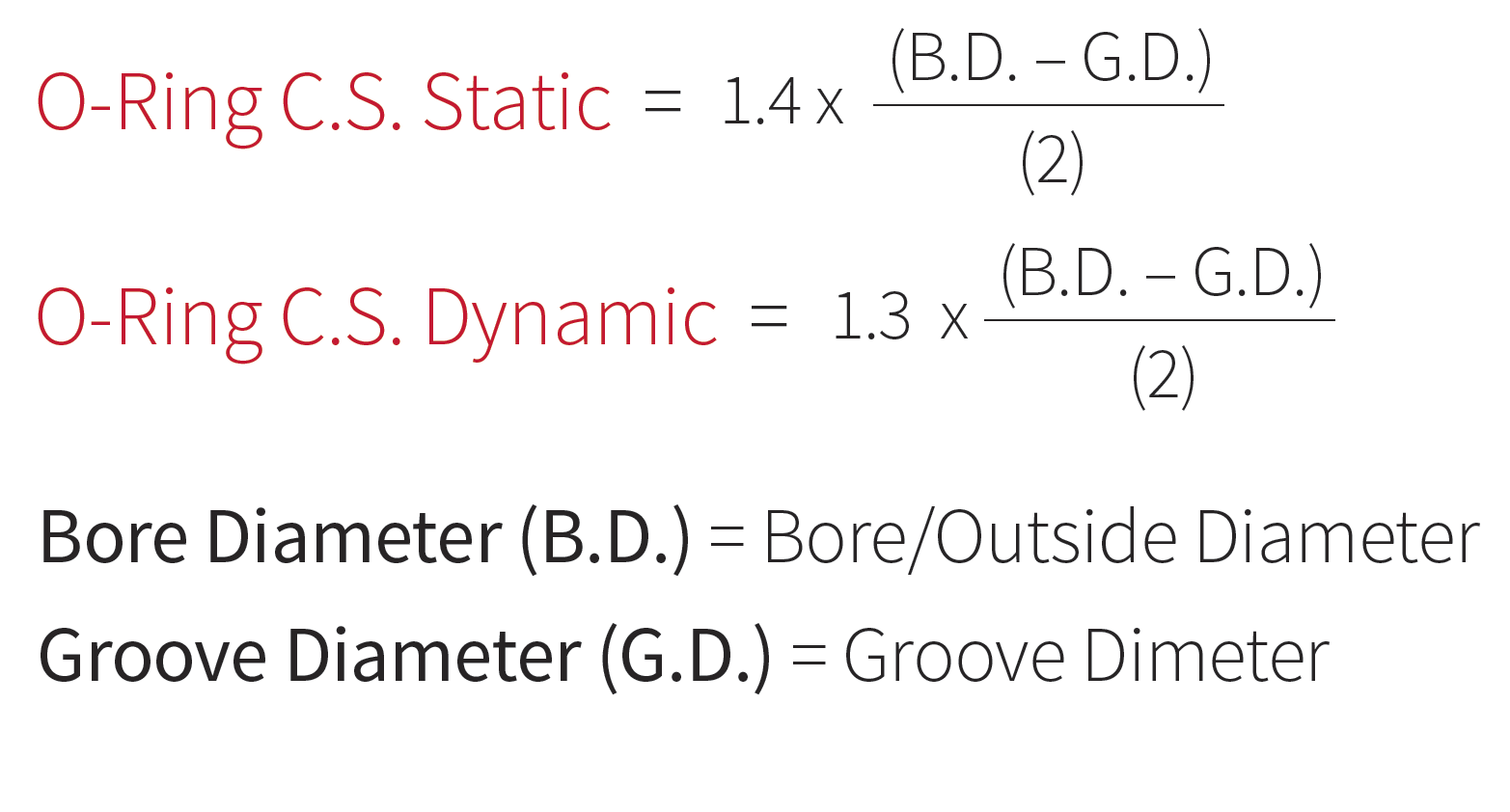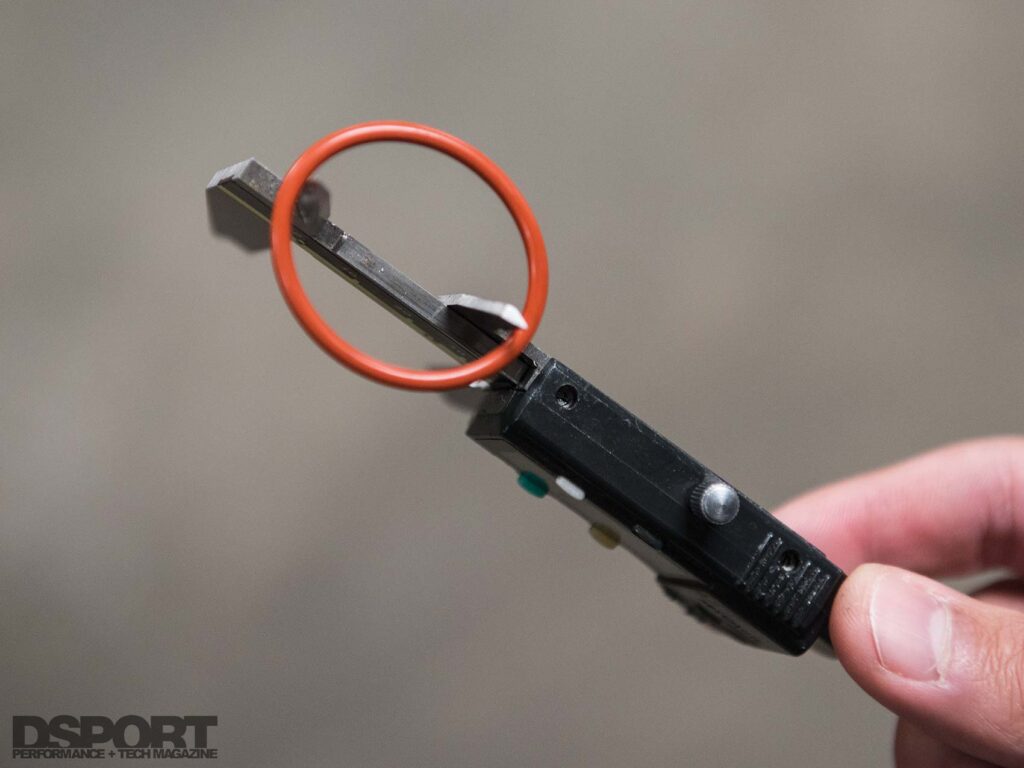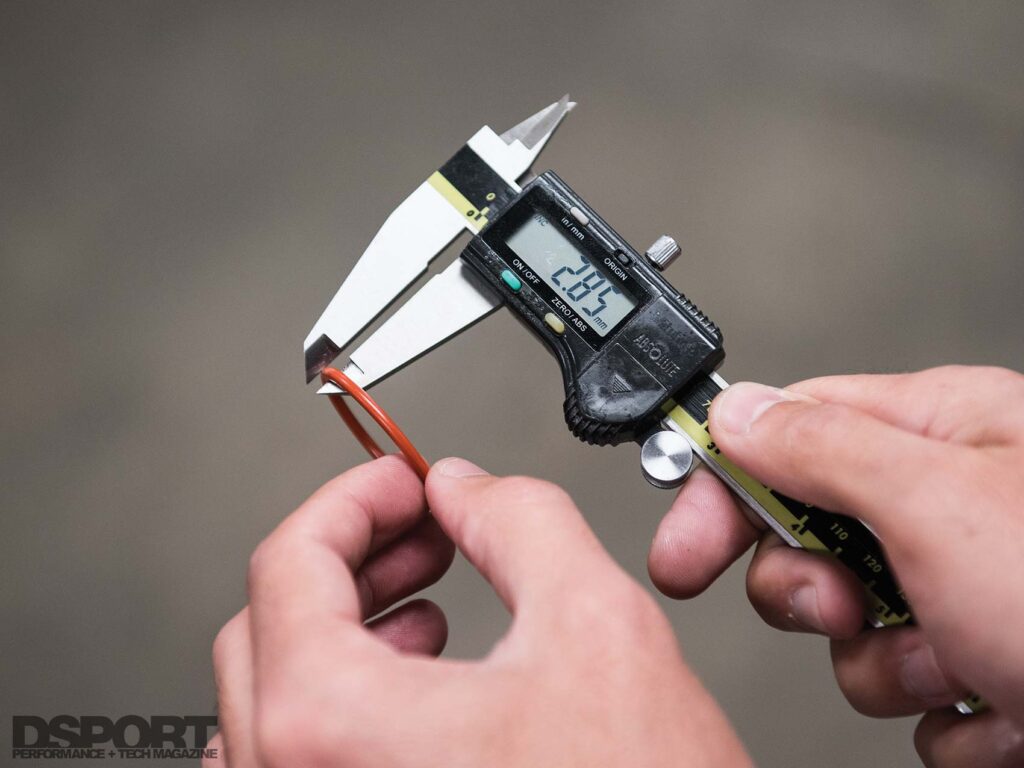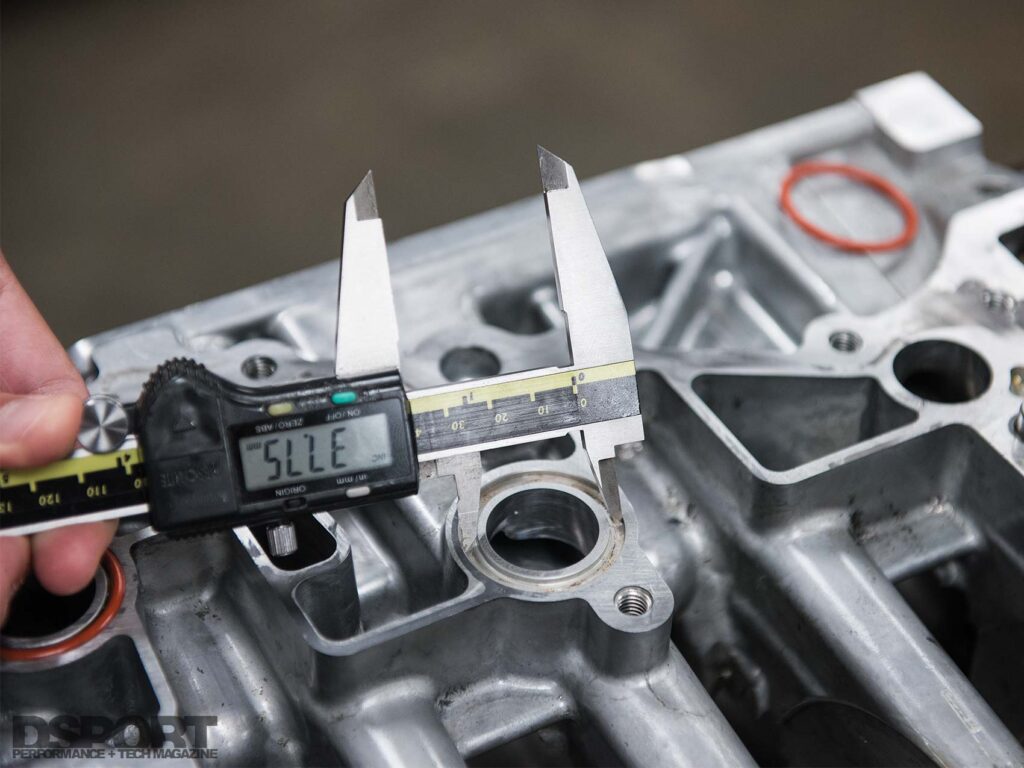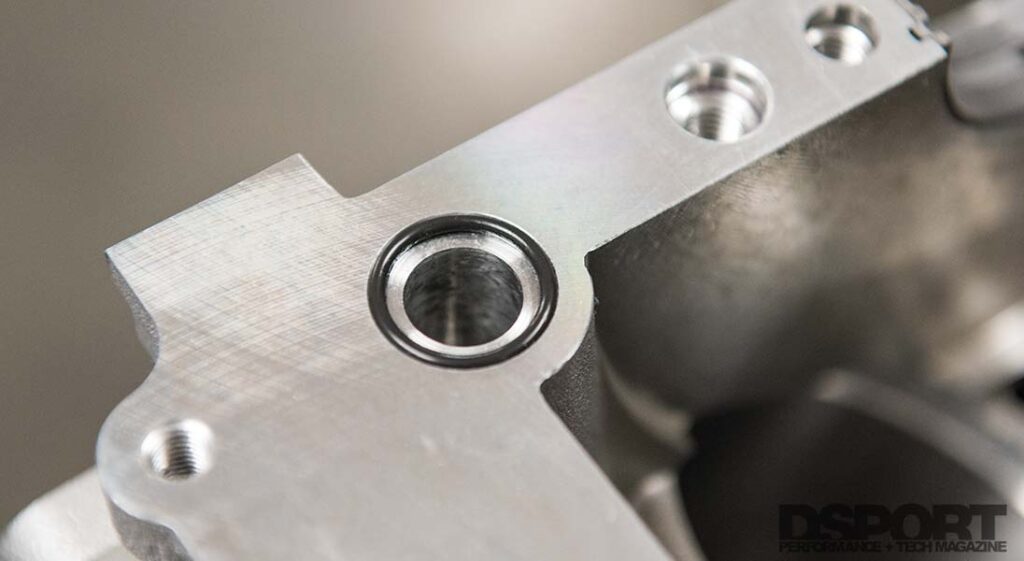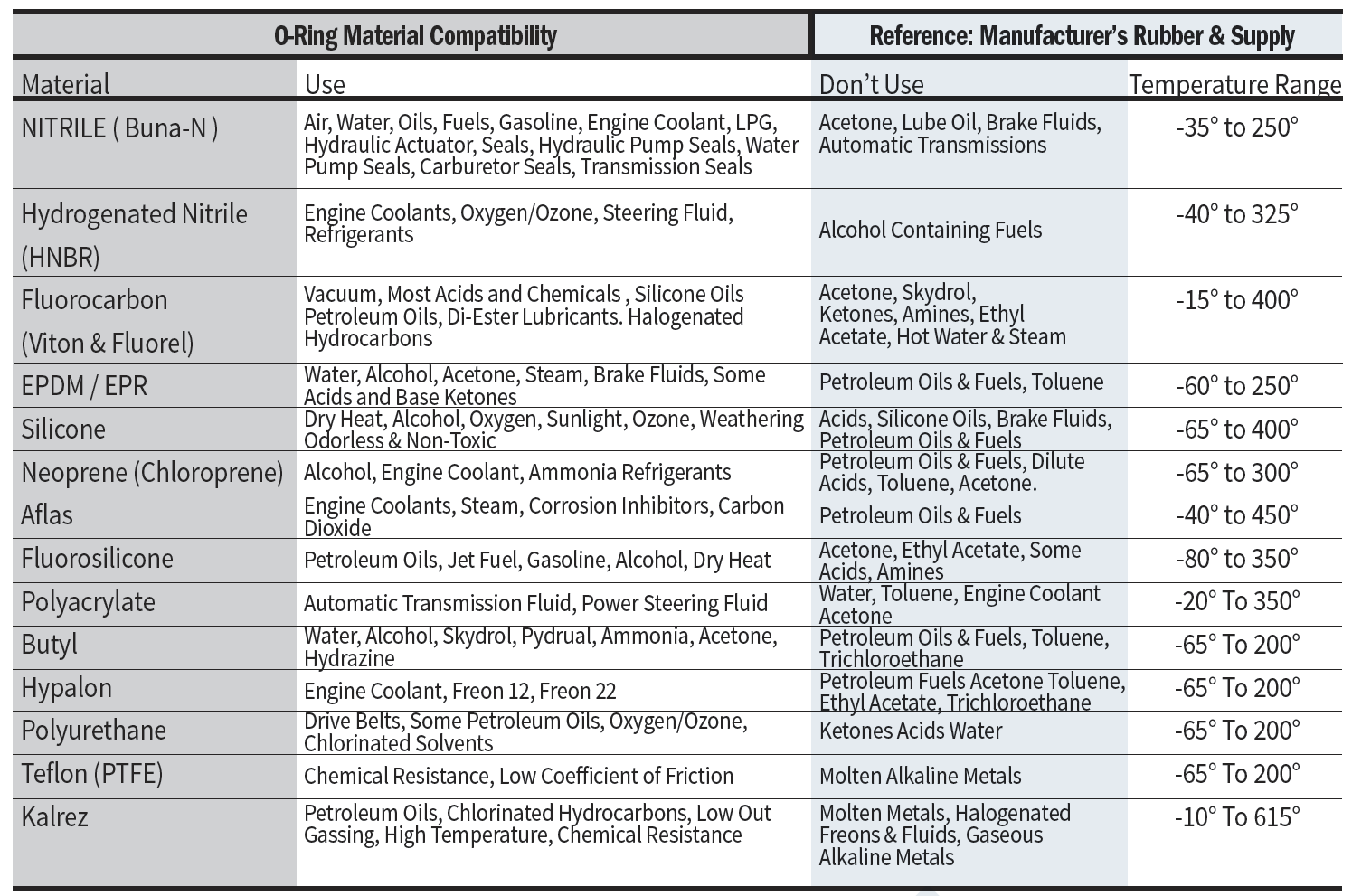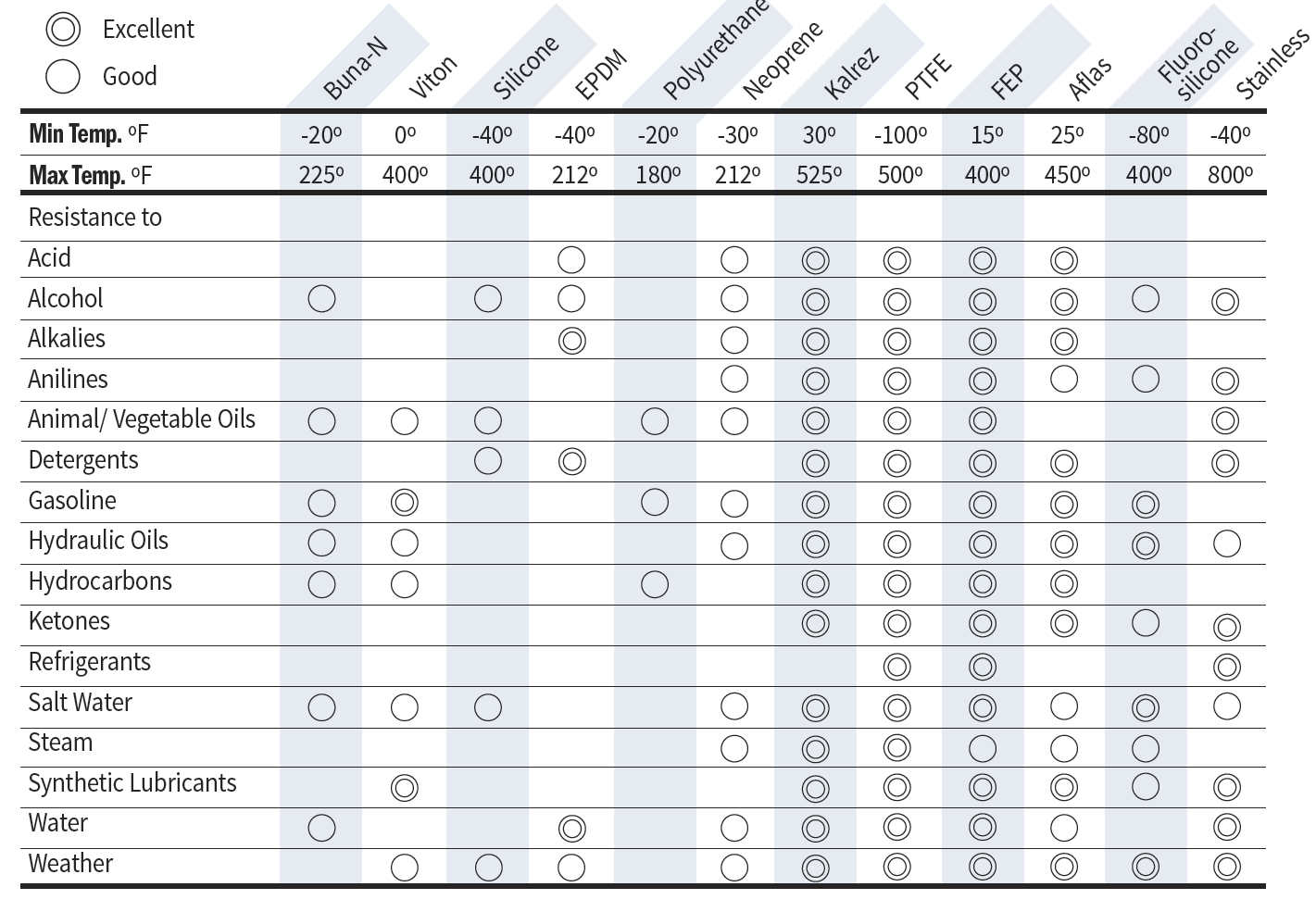There are numerous small parts on your engine that are always overlooked, and O-rings are definitely on that list. “What can go wrong” is usually the mindset when choosing a small rubber seal; however, choosing the right O-ring for the task is critical. The wrong O-ring could be the cause of a small leak or a disastrous sole-reason for exploding the Space Shuttle Challenger like it did in 1986, killing seven crew members. Armed with a caliper, the right equations, and the knowledge of material compatibility is all it takes to prevent having to tear down your engine because of a failed seal. Here is how to choose the right O-ring and measure it properly for your specific purpose.
Text by Bassem Girgis // Photos by Joe Singleton
DSPORT Issue #220
What Is It
O-rings are types of seals that are used by most industries. Small in price, yet capable of achieving tight seals, O-rings are used in engines and aerospace technology in great amounts. With the numerous materials offered, O-rings can be used in low-temperature, high-temperature, liquid-filled, gas-filled, and almost anywhere they are properly designed for. O-rings are squeezed between the walls of the cavity to allow for zero clearance and provide an effective seal whether it’s to block liquid or gas. The three main things to look for when replacing or upgrading O-rings is the material and the correct size for your fitment.
The Math
For the O-ring to seal properly, it has to have some degree of compression. To provide proper sealing, the diameter of the inside of the O-ring (I.D) should be smaller than the groove it will fit in. This allows it to be slightly stretched to fit snuggly in the groove. The stretch should be between 1% to 5%. Anything more than 5% could put stress on the O-ring and speed up its aging process or force it to fail. To start off, you will need to measure the groove diameter where you will be placing your O-ring.
Cross Section
The next measurement you will have to get is the cross section (C.S.). The cross section of an O-ring is its width. The O-ring needs to fill the size of the groove as well as the amount of squeeze needed to effectively seal. The O-ring cross section needs to be greater than the groove height. This allows the O-ring to squeeze in there and prevent leakage. The amount of squeeze depends on whether you’re using the O-ring in a dynamic or static application. With a dynamic application, a lower squeeze should be used to reduce the friction and decrease wear, as opposed to a static application where there is no friction present. Knowing the minimum and the maximum O-ring cross section/thickness is critical for when you aren’t purchasing an OEM part or you need to upgrade your O-ring in order to know the range you need to stay within. For static applications, measure your bore diameter (outside diameter that O-ring will contact) and groove diameter (inside diameter that O-ring will contact) to determine the correct thickness for your O-ring.
Using calipers to measure an O-ring could get tricky. The slightest touch to the O-ring could result in stretching it and producing false measurements. If you can’t get it right, try using a dedicated O-ring measuring cone.
Calipers can also be used to measure the thickness/cross section of an O-ring. You have to barely touch the walls of the O-ring or it, too, will squeeze and give you false results.
Measure both the inside and the outside diameter of the groove that the O-ring will go into. The outside diameter is called the bore diameter, while the inside is called the groove diameter
The Material
The proper size won’t seal if you choose the wrong material for your specific application. Depending on the temperature ranges, the chemicals that the O-ring will be exposed to, the pressure, and the overall conditions; you will need to make the right decision in terms of material. Some of the most common materials used in O-rings include Nitrile (Buna-N), Hydrogenated Nitrile (HNBR), Fluorocarbon, EPDM/EPR, Neoprene (Chloroprene), Aflas, Polyacrylate, Butyl, Hypalon, Teflon, and much more. Some materials are compatible with gasoline, while other may deteriorate quickly when exposed to it. So, always know what chemicals your O-ring will be exposed to before making the decision on the material you will use. The main things you will need to look at is the chemical your O-ring will be exposed to, and the heat range it will experience (both low and high).
The chart provided in the end highlights the most popular O-ring materials and what they are designed for, when you should not use them, and the approximate temperature ranges they are capable of withstanding. Don’t just focus on the higher temperatures and not worry about the lower temperatures. The disastrous O-ring failure in the Space Shuttle Challenger happened because the O-ring experienced lower temperature than it’s designed for.
Tips and Tricks
- A stretch between 1%-5% is required, anything over 5% is not recommended.
- Lightly lubricate the O-ring when installing, but use the right lubricant designed for the specific O-ring material you’re using.
- Groove depth has to be less than O-ring cross section, while groove width must be more than O-ring cross section.
- The maximum volume of the O-ring should never be more than the minimum volume of the groove.
- Dynamic O-rings are usually compressed from 10% to 30%, while static O-rings are compressed from 10% to 40%.
- Higher price does not equal better sealing. Each material is designed for specific application, so choose depending on material and not price.
- When testing O-rings, make sure you’re creating the environment they will be in, and not just normal sealing capabilities.
- Never use lubricant that is made from the same material as the O-ring.
The Bottom Line
Choosing an O-ring is more than just picking a rubber donut and placing it into the groove to see if it will sit there snuggly. Use the equations above to find the correct size for your specific applications, and use the chart to upgrade your material. For instance, some O-rings work well with gasoline, but they aren’t design for fuels containing gasoline. So, switching to E85 fuel would require you to upgrade the O-ring. Be sure to always have a 1%-5% stretch on your O-ring, and ensure the maximum volume of your O-ring doesn’t surpass the minimum volume of the grove. Don’t just judge an O-ring quality by its price, instead, look for the correct material. Most importantly, cutting corners with a $2 O-ring could cost you thousands in engine repairs, so choose wisely.


